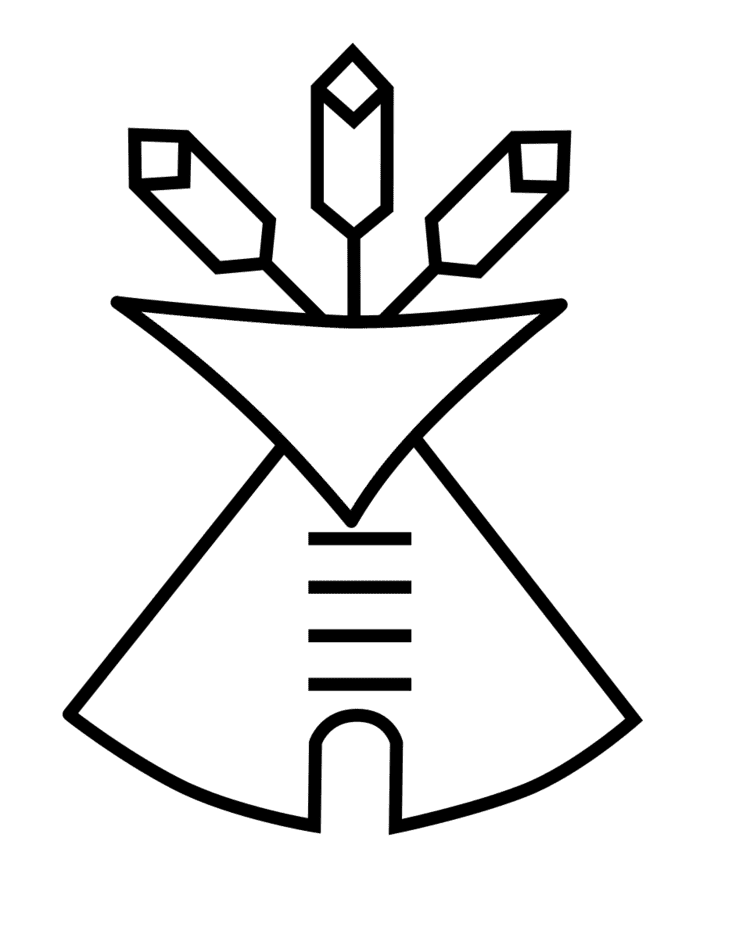 | ||
The Native American Church (NAC), also known as Peyotism and Peyote Religion, is a Native American religion characterized by mixed traditional as well as Protestant beliefs and by sacramental use of the entheogen peyote. The religion originated in the U.S. state of Oklahoma in the late nineteenth century after peyote was introduced to the southern Great Plains from Mexico. Today it is the most widespread indigenous religion among Native Americans in the United States, Canada, and Mexico, with an estimated 250,000 adherents as of the late twentieth century.
Contents
Ceremony
The rite characteristically, but not always, takes place in a tepee around a crescent-shaped, earthen altar mound and a sacred fire. The all-night ceremony usually commences about 8 pm Saturday and is led by a peyote "chief." The services include prayer, singing, sacramental eating of peyote, water rites, and contemplation; they conclude with a communion breakfast on Sunday morning. The way of life is called the Peyote Road and enjoins brotherly love, family care, self-support through steady work, and avoidance of alcohol.
Roles
Roles within ceremonies include the Fireman, Drum Chief, and Cedar Chief. The Road Man, or Road Chief, is a title given to the leader of the peyote ceremony in the Native American Church. Examples include, Truman Washington Dailey, Victor Griffin, and John Wilson.
History of persecution
Peyotism has had a history of persecution. Although peyote was banned by government agents in 1888 and later by 15 states, Congress, backed by the Bureau of Indian Affairs, the churches, and some Indian groups, resisted repeated attempts from 1916 to 1937 to have its use prohibited. In self-defense, peyote groups sought incorporation under state laws—first in Oklahoma as the First-born Church of Jesus Christ in 1914, then as the Native American Church in 1918, and by 1960 in some further 11 states. In the 1960s appeals by peyotists in the name of constitutional freedom of religion were supported by anthropologists and others and upheld in several state supreme courts.
